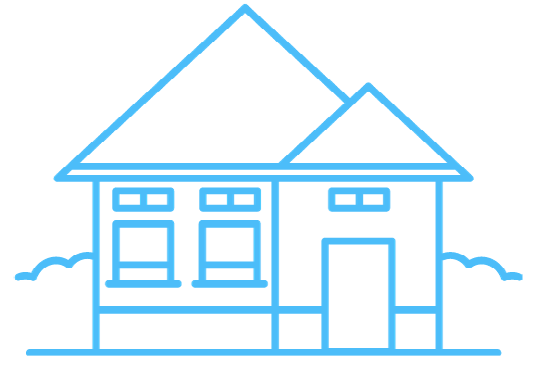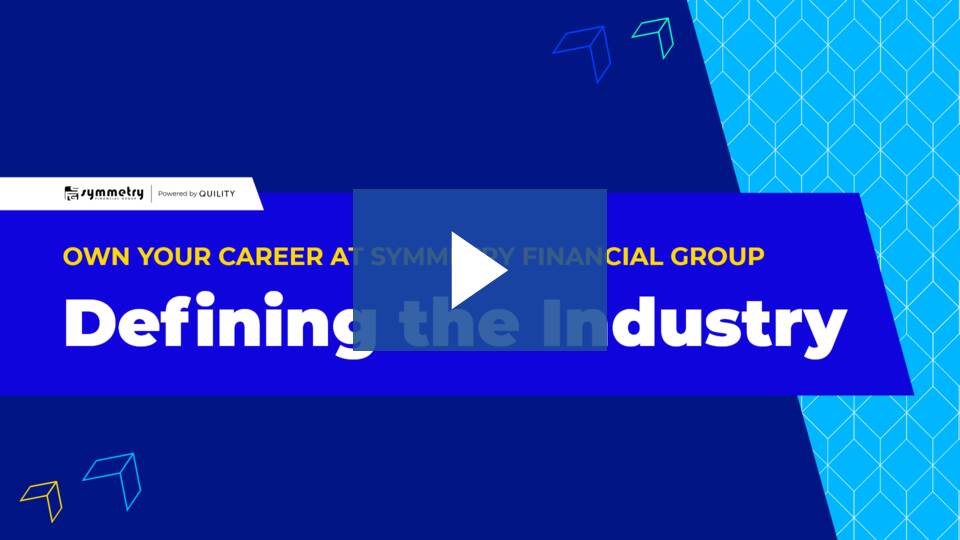Becoming
debt free
is something many aspire to achieve. The feeling of making that last credit card or student loan payment is unmatched. It is no surprise that people are looking for fast ways to live a debt free life. Two popular strategies for retiring your debt quickly are the debt snowball and debt avalanche methods.
The debt snowball and avalanche methods are considered accelerated debt repayment plans, and they both require categorizing your debts so that you can tackle them efficiently. The snowball plan involves paying off your smaller balances and working your way up to the larger amounts, while the avalanche method focuses on the debt with the highest interest rate first.
Both methods have their pros and cons, and either would be a great way to earn a debt free life.
Debt Snowball
The debt snowball method is excellent for those who have difficulty sticking to a strict debt repayment schedule. The idea is simple: list your debts from smallest to largest and start at the top. Pay off your smaller debts first and work your way up to the largest. Any extra money you have will go towards whatever debt comes next in the snowball method. Otherwise, you will be making the minimum payments on the rest of your debts.
The debt snowball plan lets you build confidence and momentum as you check off smaller debts from your list. By the time you get to the larger balances, you will feel like a pro at paying off your debts!
The snowball method is also appealing to anyone who needs a straightforward strategy in tackling their debt. You only need to list your balances from smallest to largest and focus on them in that order.
You should consider the snowball method if you are dealing with a range of different loan types. For example, if you are working through paying off credit card debt while juggling student loans and a car payment, the snowball method is a better fit for you.
Compared to other strategies in solving debt, the snowball plan does take longer than most. Since you are starting with the smallest debts, you are also accruing more interest as you pay them off. With that in mind, there might be alternative methods that would work better for you.
Debt Avalanche
The debt avalanche method takes a different approach by requiring you to focus on whatever loan has the highest interest rate while paying the minimum payments on your other debts.
Regardless of balance, you will be using any extra money you have to pay off the loan that costs you the most by just existing. The avalanche plan requires more discipline when compared to the snowball route. It is harder to track the progress you have made in paying off your debts — however, with the debt avalanche method, you will be keeping your interest low, and you can pay off debts faster than with the snowball plan.
The debt avalanche method should be considered if you have several kinds of the same debt. For instance, if you have more than one student loan with different interest rates, the avalanche method would be the ideal solution.
The drawback to the debt avalanche plan is that it is harder to stay motivated to pay off your loans. Unlike the snowball method, you are less likely to see consistent progress in your efforts to become debt free. Also, with the avalanche method, you’ll have to rely on a consistent stream of disposable income. Even one skipped month of the debt avalanche method will throw your repayment plan off more than you think.
Why not both?
Instead of choosing one or another, you can create a hybrid that involves both plans. You might consider grouping your debts by the size of balance and focusing on the highest interest rate in each category. This would be appealing to anyone who wants the positive momentum of the snowball plan while focusing on loans that are collecting more interest. Both methods have their pros and cons, and there is no reason why you cannot create a plan that works best for you.
Which method is better?
The method you choose should reflect the kind of debt you have. If you are dealing with a variety of smaller debts, the debt snowball method would be the answer. If you have a list of similar debts to work through, you should consider the debt avalanche method. If your circumstances are somewhere between the two, you should take what works from both plans to best suit your situation.
There is not a wrong way to reach a debt free life. The method you choose should be based on your circumstances and what feels right for you. Some scenarios align more with one method over another, but either plan will lead to a happier and debt free life. What is important is taking steps that make sense for you in tackling your debt.
How Symmetry’s Debt Free Life program can help
Some products can take away the stress of reaching a debt free life. Symmetry’s Debt Free Life program uses the cash value of a life insurance policy to pay your loans without spending more money than you are already. Once all your debts have been paid, the policy acts as a retirement savings plan that will help you save money for the future. Since the program works as a life insurance plan, you will also be protected with permanent life insurance coverage.
If you’re interested in learning more about how Debt Free Life can help you make your money work for you
fill out this short form
and get connected with a licensed consultant near you. They’ll be able to give you a virtual policy review and a customized debt plan that fits your needs. Start your journey to a debt free life today!
Dakotah Seiler
Contributing Writer and Content Specialist
Dakotah Seiler is a contributing writer and content specialist at Symmetry Financial Group. He has more than six years of industry experience, from handling mailing campaigns to writing product-specific pieces that support licensed agents and their businesses.

















